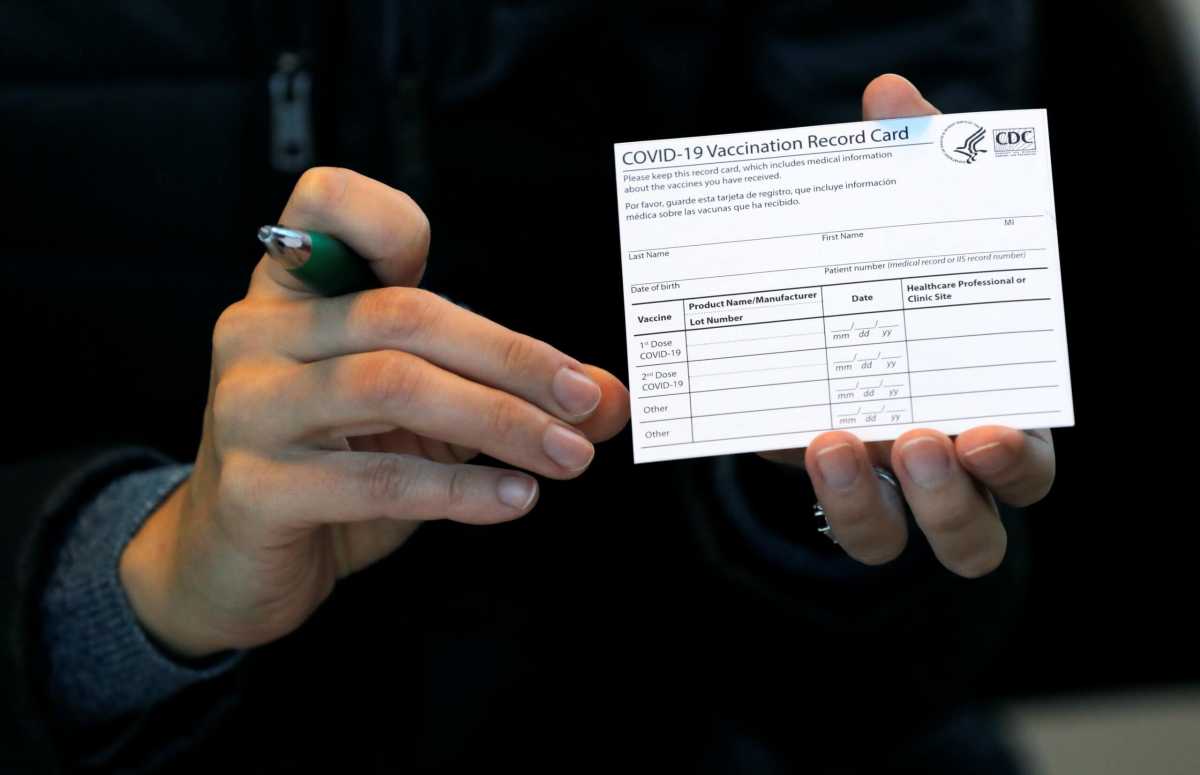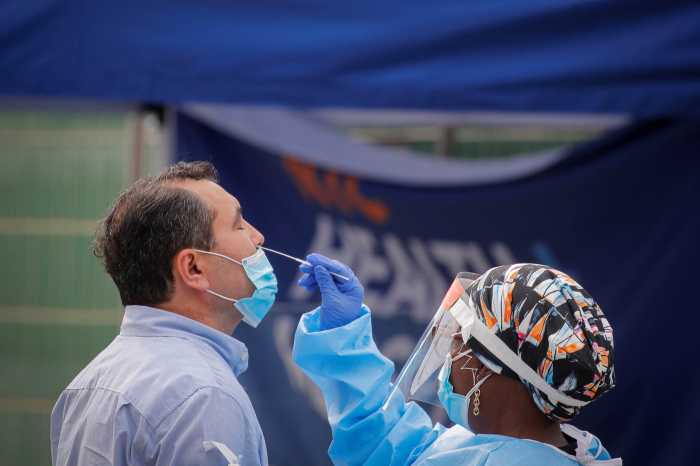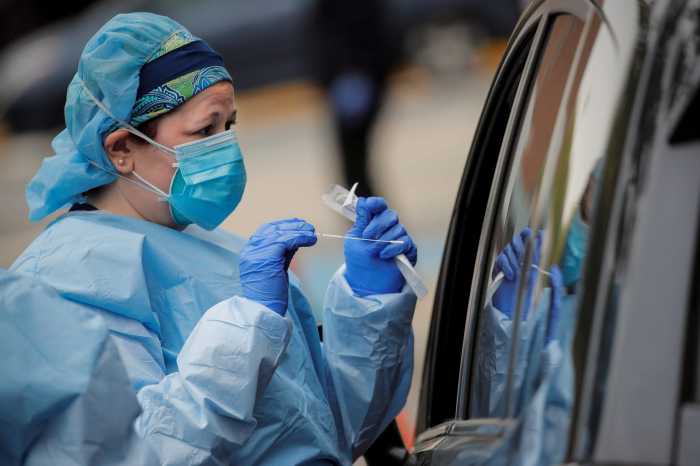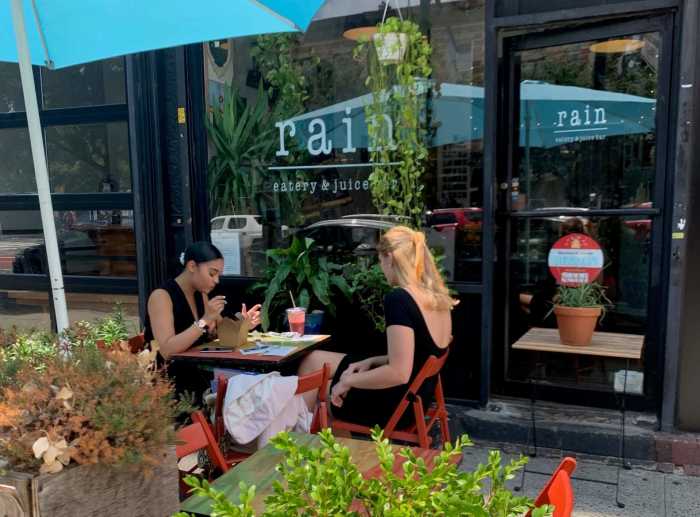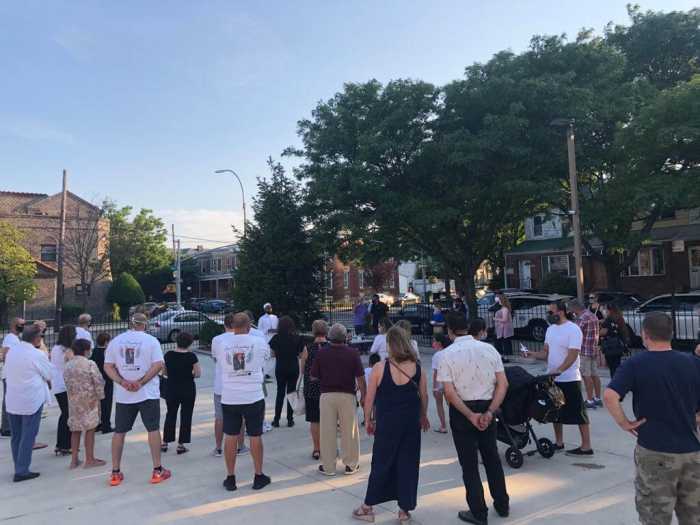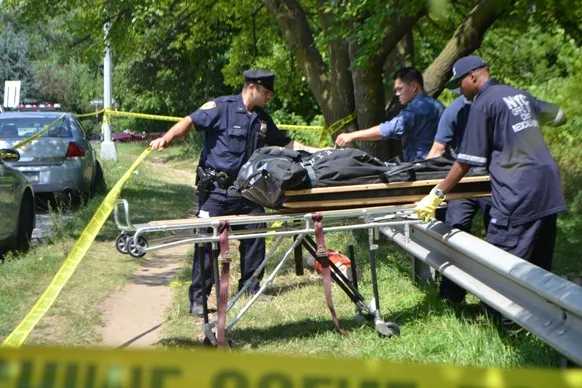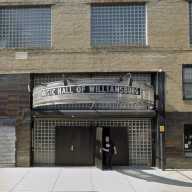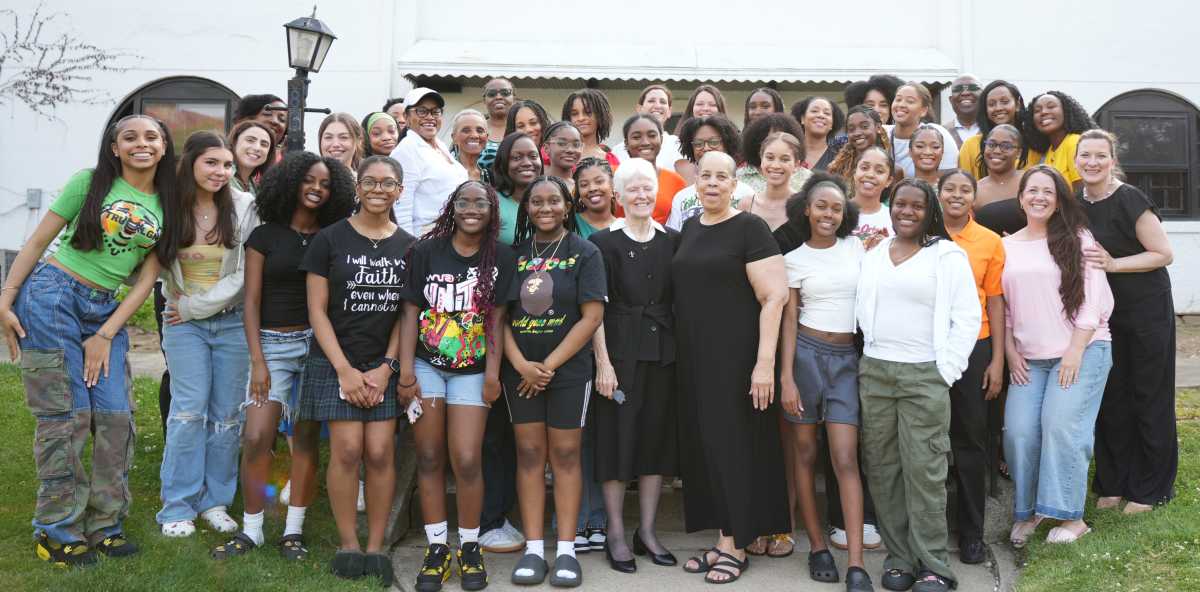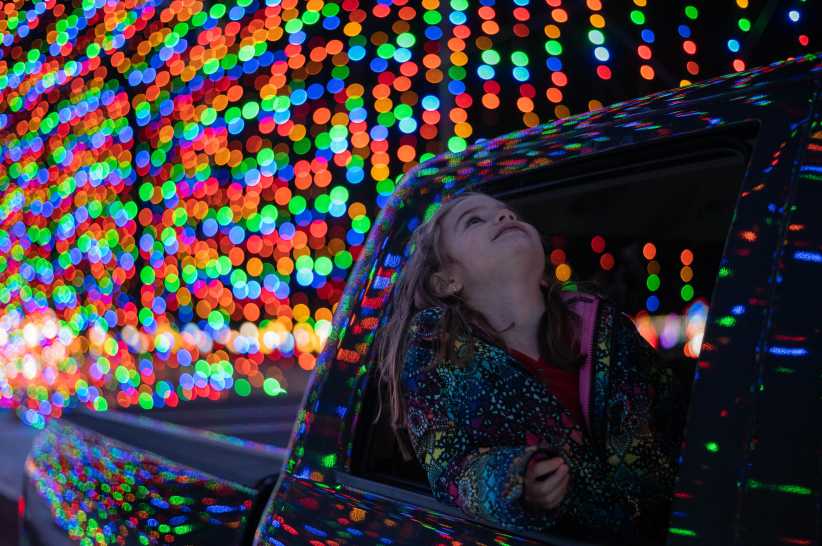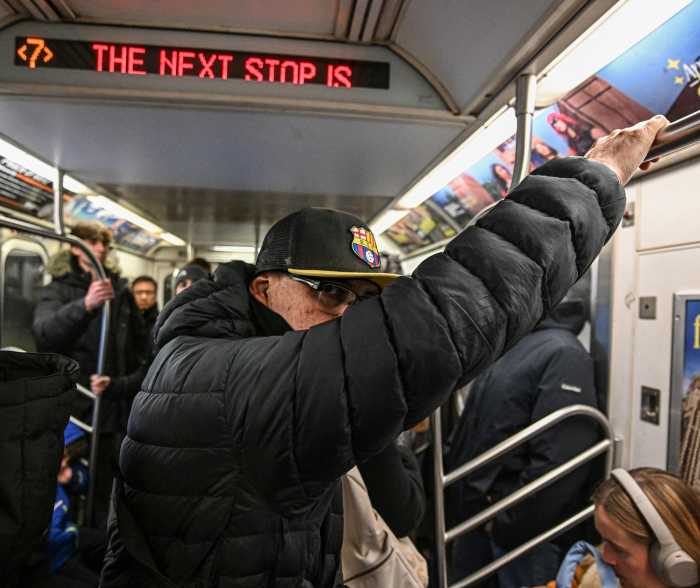As the Delta variant dominates the newest COVID-19 cases in New York City, some of the Five Boroughs’ lowest-vaccinated areas are seeing an increase in residents rolling up their sleeves for the serum.
The latest New York City Health Department data shows that 96 percent of all new COVID-19 cases involve the Delta strain, which has been found to be far more contagious and potent than the standard form of the virus.
For weeks, its spread has contributed to an uptick in infections across the city, though the hospitalization rate has held steadily low with more than 56 percent of New Yorkers fully vaccinated.
In recent months, the city has offered plenty of incentives to get New Yorkers to roll up their sleeves, but the conversation has shifted more toward mandates recently.
Mayor Bill de Blasio previously mandated that municipal workers get vaccinated, and beginning on Monday, Aug. 16, the city will require all individuals looking to dine indoors, work out in gyms, or see shows to provide proof of vaccination.The new mandates, combined with the risks of the Delta variant, appear to be convincing residents in the 10 lowest-vaccinated areas of the Five Boroughs to finally get the shot.
In comparing Health Department data between Aug. 8 and 15, three of the areas saw more than 1,100 people get at least their first doses of the COVID-19 vaccine in that timeframe.
Two of the locations are in Brooklyn: Canarsie (11236), which saw 1,446 vaccine recipients over the past week, and Ocean Hill/Brownsville (11212), which has 1,185 people get their first doses. The Edenwald/Wakefield neighborhoods of the Bronx (10466) saw 1,112 new vaccine recipients during the same period.
But there’s a long way to go on the road to progress.Edenwald and Wakefield now have 40 percent of their population fully vaccinated; the other nine areas on the bottom 10 of fully vaccinated communities in New York City have rates between 35 percent and 39 percent.The Edgemere/Far Rockaway area of Queens (11691), which has a population of 66,856, has consistently had the lowest fully vaccinated rate for weeks now, clocking in at 35 percent as of Aug. 15. Over the past week, 884 residents got their first dose of the vaccine, bringing the total number of people with at least one dose to 27,344, or 41 percent.

Overall, 5,204,697 people across the five boroughs have received at least one dose of the COVID-19 vaccine — accounting for 62 percent of the city’s population (8,336,817).
Four of the five boroughs now have fully vaccinated rates at or above 50 percent, with Brooklyn joining the fray this past week. The Bronx remains the lone borough with a sub-50 percent fully vaccinated rate.
The Delta variant’s spread bumped up the city’s 7-day positivity rate to 3.89 percent as of Aug. 11, based on unofficial data from the city’s Health Department. That same day, the city reported a 7-day average of 1,652 confirmed and suspected COVID-19 cases, though that number appeared to drop over the previous two days — a possible sign that the curve may be beginning to flatten again.
Hospitalizations continue to trend upward, but the rate remains low. Citing state statistics, the city’s 7-day hospitalization rate as of Aug. 11 was 1.12 per 100,000.
The vaccine’s effectiveness is contributing to the lower hospitalization rate. Individuals who are vaccinated and wind up becoming infected with COVID-19 either experience no symptoms at all, or mild symptoms of the virus — and avoid requiring hospitalization.
Unvaccinated individuals remain at the highest risk of severe illness and death from COVID-19 infection. On Saturday, the Governor’s office reported another 13 deaths from the virus statewide, including one in the Bronx and three in Manhattan.
Since March 1, 2020, 43,229 New York state residents have perished from COVID-19.
This story first appeared on amNewYork.


